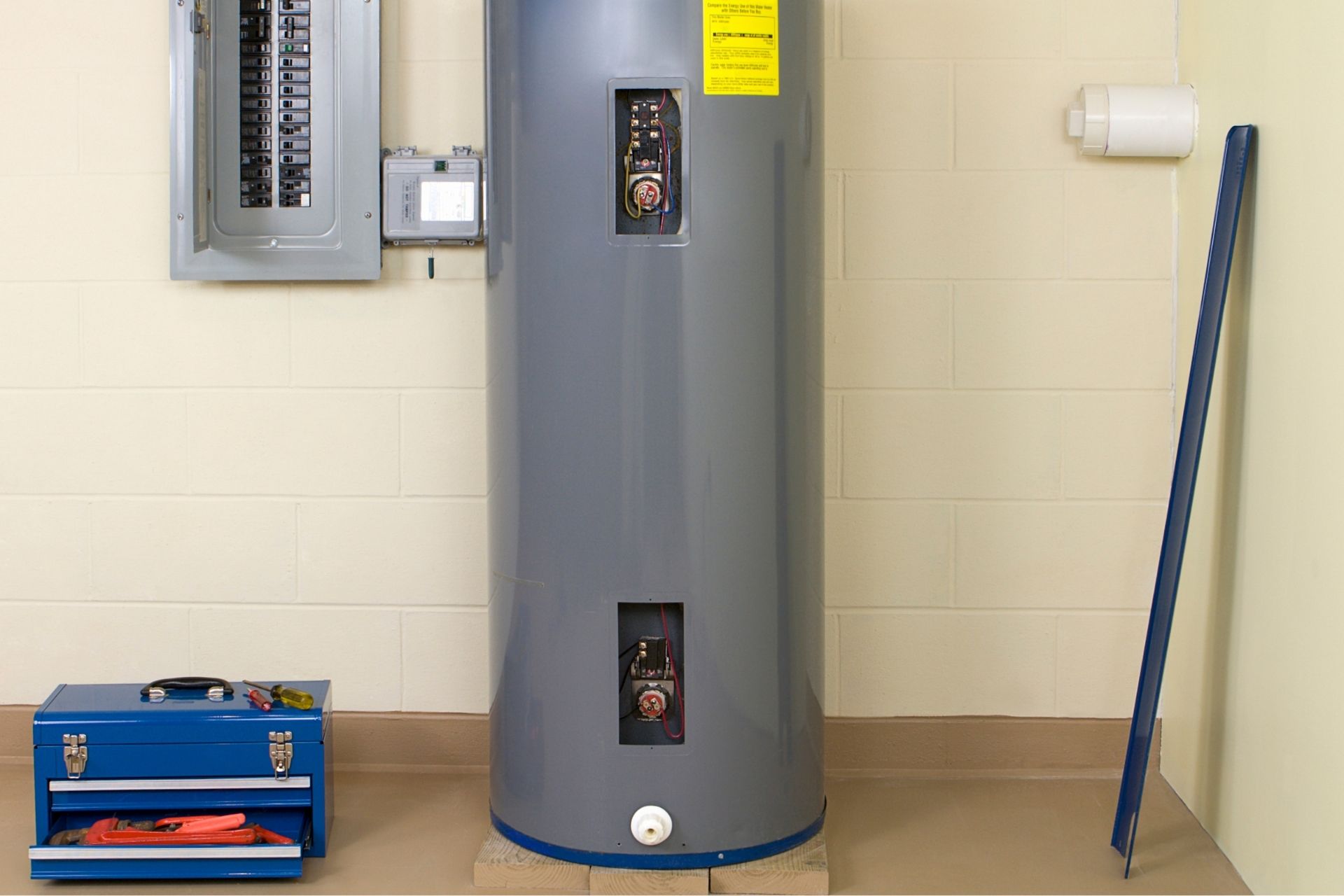This post below about What Kind of Maintenance Do Water Heaters Need? is totally attention-grabbing. Give it a go and make your own personal assumptions.

Hot water is important for everyday convenience, whether it's for a rejuvenating shower or washing meals. To ensure your hot water system runs successfully and lasts longer, routine upkeep is essential. This write-up offers sensible pointers and insights on just how to maintain your home's hot water system to stay clear of disruptions and costly repair services.
Intro
Maintaining your home's hot water system could seem complicated, but with a few simple steps, you can guarantee it operates smoothly for many years ahead. This guide covers whatever from understanding your hot water system to do it yourself maintenance suggestions and understanding when to call in expert help.
Significance of Preserving Your Warm Water System
Regular maintenance not just expands the life-span of your hot water system but likewise ensures it runs successfully. Neglecting upkeep can bring about lowered efficiency, greater power costs, and also early failing of the system.
Indicators Your Warm Water System Demands Upkeep
Recognizing when your warm water system requires interest can stop significant concerns. Keep an eye out for signs such as inconsistent water temperature, unusual sounds from the heating system, or corroded water.
Recognizing Your Hot Water System
Before diving right into upkeep jobs, it's handy to understand the basic components of your hot water system. Generally, this includes the water heater itself, pipelines, anode rods, and temperature level controls.
Month-to-month Upkeep Tasks
Routine regular monthly checks can assist catch minor issues before they escalate.
Flushing the Water Heater
Flushing your hot water heater gets rid of sediment buildup, improving efficiency and prolonging its life.
Monitoring and Changing Anode Rods
Anode rods protect against corrosion inside the tank. Inspecting and changing them when broken is critical.
Evaluating and Readjusting Temperature Level Settings
Readjusting the temperature level settings makes certain ideal performance and safety.
Do It Yourself Tips for Upkeep
You can carry out several maintenance tasks on your own to maintain your hot water system in top problem.
Looking for Leakages
Consistently evaluate pipes and connections for leakages, as these can bring about water damage and higher costs.
Checking Pressure Alleviation Valves
Examining the pressure relief valve guarantees it works properly and stops too much pressure buildup.
Protecting Pipes
Protecting warm water pipelines decreases warmth loss and can conserve energy.
When to Call a Professional
While DIY maintenance is valuable, some concerns need professional expertise.
Complicated Issues Needing Professional Aid
Examples consist of major leakages, electrical troubles, or if your water heater is continually underperforming.
Routine Specialist Upkeep Advantages
Specialist maintenance can consist of comprehensive examinations, tune-ups, and guaranteeing compliance with safety requirements.
Verdict
Regular maintenance of your home's warm water system is essential for efficiency, longevity, and cost savings. By adhering to these suggestions and recognizing when to seek expert aid, you can ensure a trusted supply of hot water without unanticipated disruptions.
How to Maintain an Instant Hot Water Heater
Before tinkering with your hot water heater, make sure that it’s not powered on. You also have to turn off the main circuit breaker and shut off the main gas line to prevent accidents. Also turn off the water valves connected to your unit to prevent water from flowing into and out of the appliance. 2. When you’re done, you have to detach the purge valves’ caps. These look like the letter “T” and are situated on either side of the water valves. Doing so will release any pressure that has accumulated inside the valves while at the same time avoid hot water from shooting out and burning your skin. 3. When the purge valves’ caps are removed, you have to connect your hosing lines to the valves. Your unit should have come with three hoses but if it didn’t, you can purchase these things from any hardware or home repair shops. You can also get them from retail stores that sell water heating systems. Read the user’s manual and follow it to complete this task properly. When the hosing lines are connected, open the purge port’s valves. 4. You should never use harsh chemical cleaners or solutions when cleaning your unit. Make use of white vinegar instead. It should be undiluted and you’ll probably use about 2 gallons. 5. Now flush your water heater. This task should probably take about 40 minutes. We can’t give you specific directions for this because the procedure is carried out depending on the type, model and brand of your heater. With that being said, refer to the user’s manual. 6. When you’re done draining the unit, you have to turn off the purge port valves again. Remove the hosing lines that you earlier installed on each of the water valves. Put the valve caps (purge port) back in their respective places and be very careful so as not to damage the rubber discs that are found inside these caps. 7. Now that everything’s back in place, check your user’s manual again to find out how to reactivate your water heating system. 8. Once it is working, turn one of your hot water faucets on just to let air pass through the heater’s water supply pipes. Leave the tap on until water flows smoothly out of it. https://www.orrplumbing.com/blog/2014/september/how-to-maintain-an-instant-hot-water-heater/

I found that blog entry on Tips For Maintaining Your Hot Water Heater when doing a search on the internet. Sharing is good. You never know, you may be doing someone a favor. Thanks a lot for your time spent reading it.
Call Today